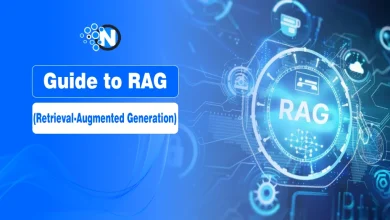6 Common Technology Trends in Schools
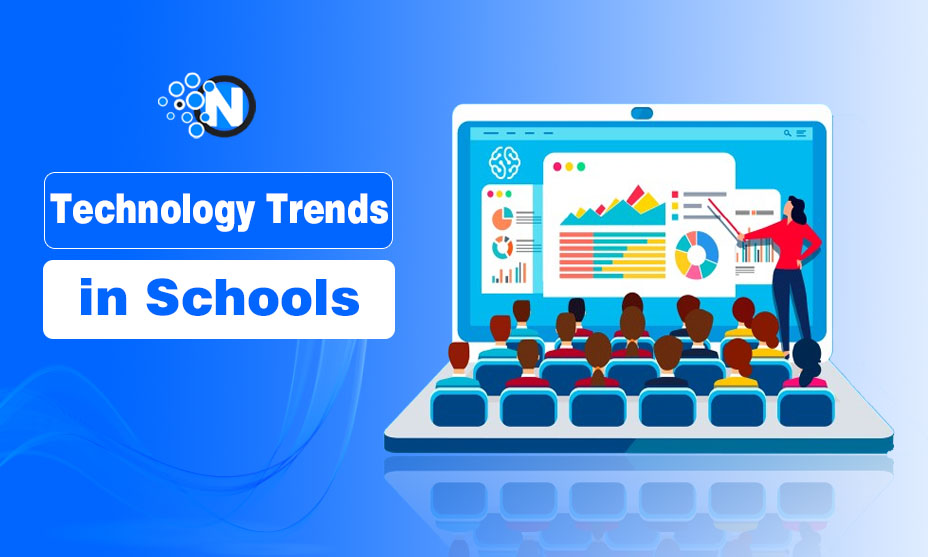
The growing use of technology in education is changing how students learn. Tools ranging from online platforms to interactive devices make education more engaging and accessible to everyone.
Technology has transformed the way we approach teaching and learning. It makes education more dynamic, accessible, and personalized. Schools that keep up with the latest tech trends and integrate technology into the classroom prepare students for the digital future.
Here are some tech trends in schools shaping the future of education, helping Generation Z gain essential digital skills.
Technology Trends in Schools
Cloud-Based Education Tools
Cloud-based education apps and tools let teachers and students teach, learn, and work together from anywhere with internet access. These tools have become more prevalent in schools, especially with hybrid or remote learning.
Cloud platforms are attractive because they are easy to access. Without special software, students and teachers can use educational resources, assignments, and communication tools on any laptop, tablet, or smartphone. This makes learning flexible and available to everyone.
It also helps students work together. For example, cloud programs like Google Docs let multiple students work on the same document. This makes collaborating on group projects or reviewing each other’s work easy.
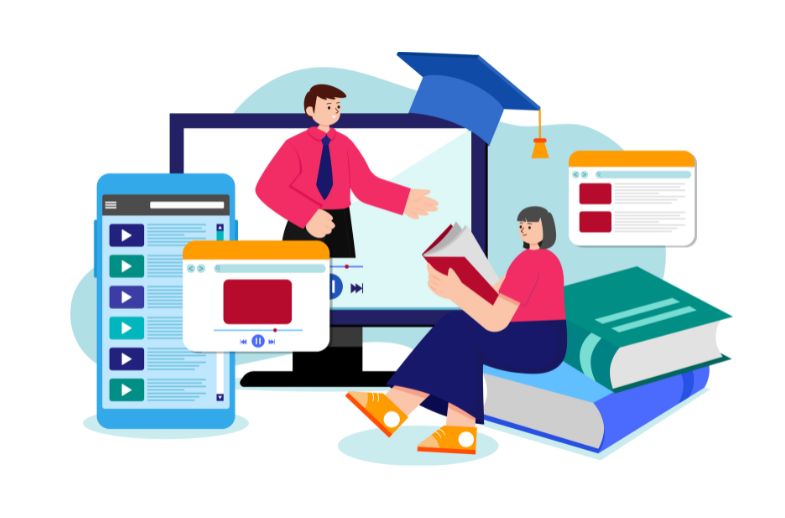
Digital Signage
Digital signages are used in different educational institutes, like grade schools and universities. These displays are usually placed in hallways and campuses to convey school announcements, event reminders, and emergency alerts. Digital signage effectively communicates with students, staff, and visitors, ensuring relevant information is visible and easy to access.
Digital signage for schools also helps with interactive lessons in the classroom. Teachers can use digital displays to show videos, animations, and other multimedia content that enrich lessons and make complex concepts easier to understand.
Digital signage systems can be updated remotely, allowing quick changes to content without physical updates or printed materials. This helps keep the displays accurate and current.
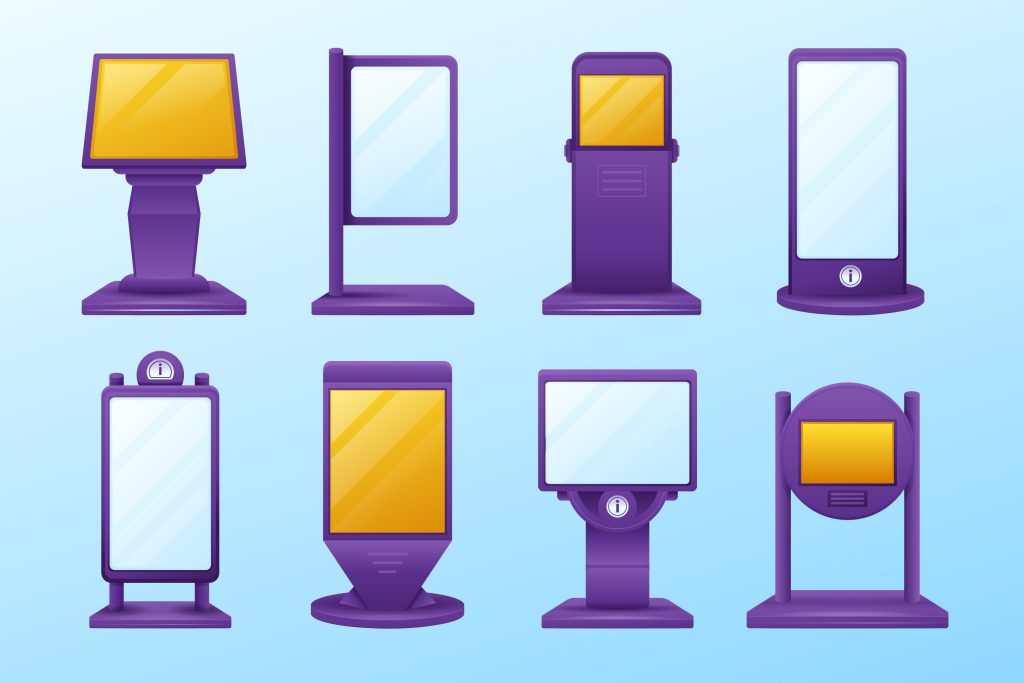
Gamification
Gamification happens when teachers add game-like features to lessons to increase students’ interest. The goal is to use people’s natural desire for success, competition, and collaboration to make learning enjoyable. Teachers use tools like points, leaderboards, and badges to make learning enjoyable. This works well in subjects like math and science. In class, gamification can look in different ways.
For example, teachers might use online platforms where students get points for doing quizzes, assignments, or solving problems. Students gain levels, earn badges, or unlock new challenges as they gather points. This makes learning feel more like gaming!
Some teachers use educational games to teach math, science, or history. In these games, students solve puzzles or complete tasks related to their studies.
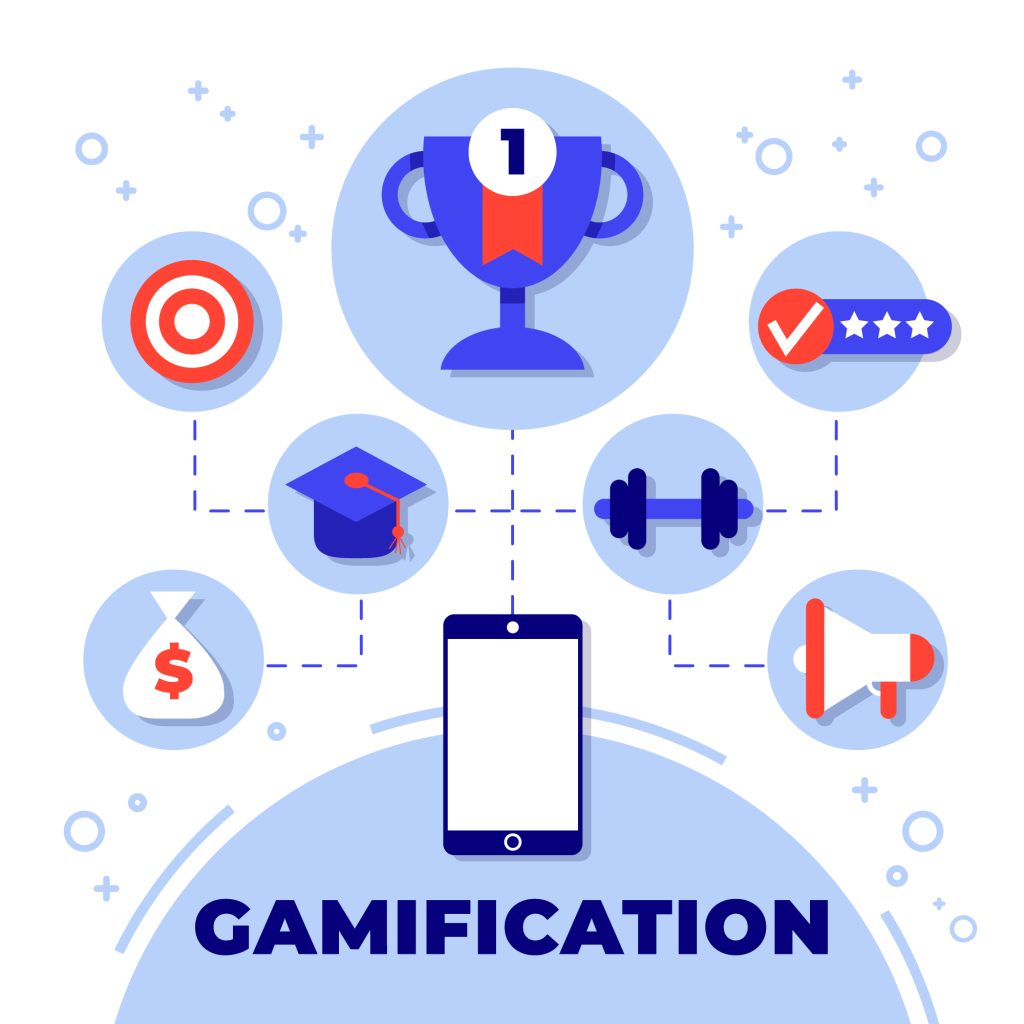
STEM and Coding Education
Focus on STEM education has increased in recent years, and coding is a fundamental skill for modern students. Schools are adding coding to the curriculum starting in elementary school to prepare students for a tech-driven future.
Coding is a key part of STEM, teaching students how to write codes for creating apps and software. Learning to code helps students develop logical thinking and problem-solving skills. The rise of coding boot camps, after-school programs, and online resources has made coding education more accessible outside the classroom.
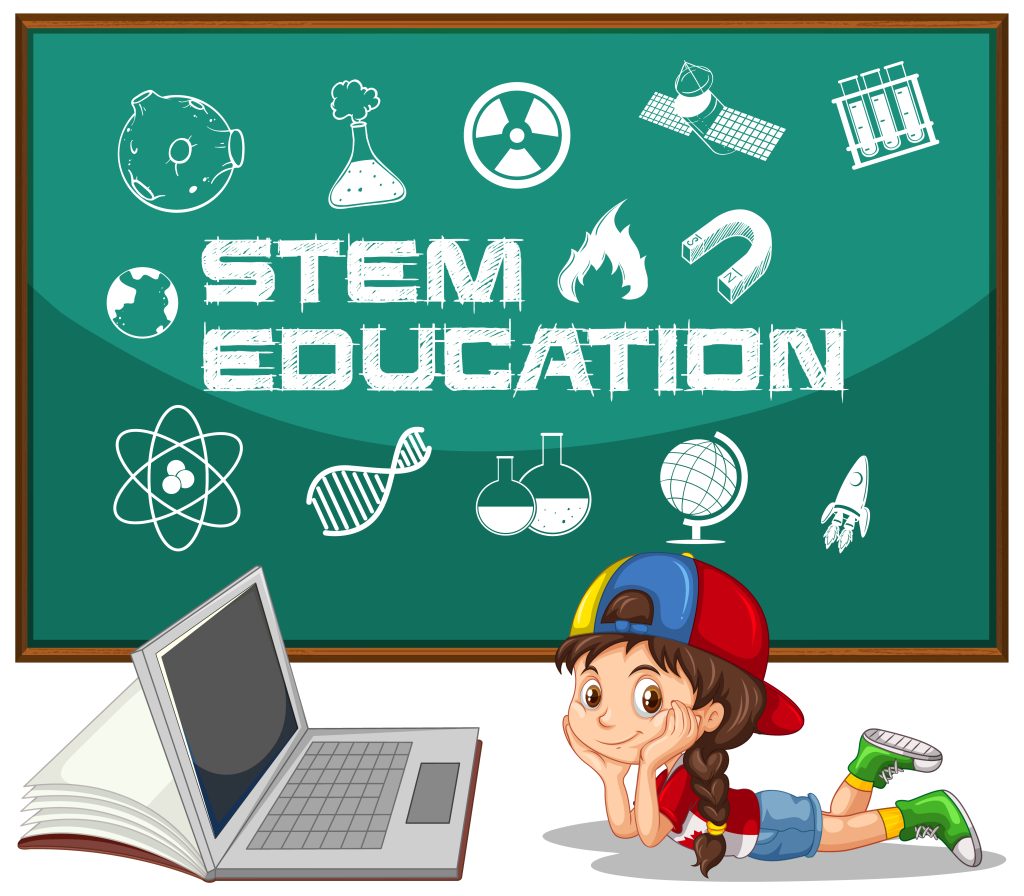
Digital Literacy
Teaching digital literacy and cybersecurity is more important than ever as tech becomes more central to education. Today’s students need to know how to go through the digital world safely.
The fundamentals of digital literacy include file management, search engine utilization, and using word processors and spreadsheets. As they gain expertise, they concentrate on more difficult skills like determining the reliability of online content, understanding digital privacy, and identifying cyber threats like malware or phishing.
Digital literacy also requires critical thinking. Students learn to check the reliability of sources, spot bias, and tell facts from opinions. This is important in the era full of misinformation and fake news.
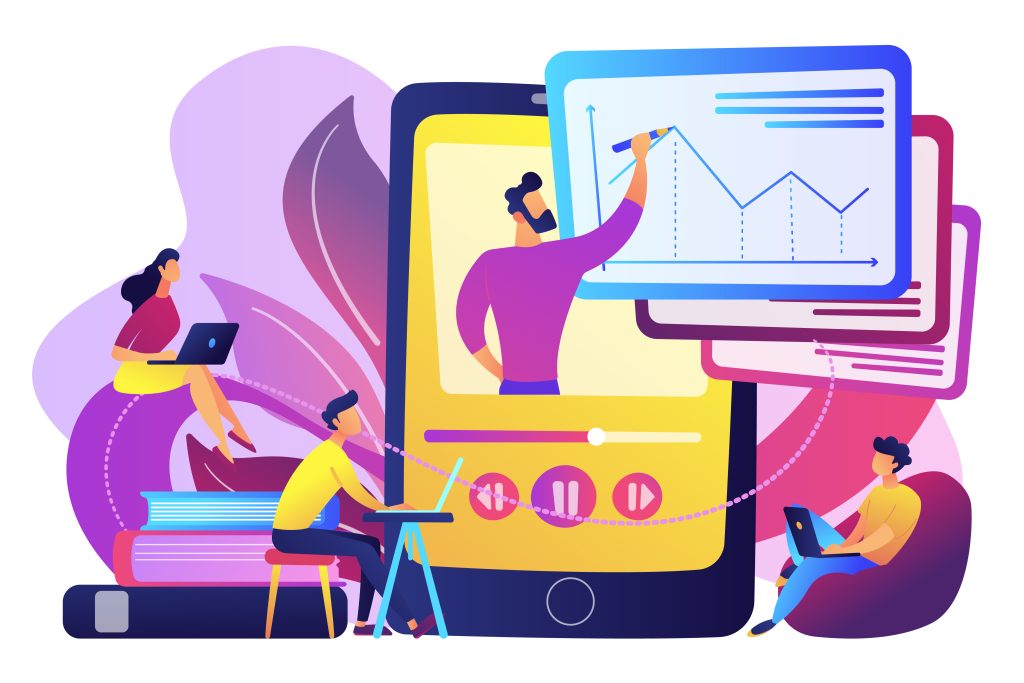
Assistive Technology
Assistive technology includes devices, software, and tools designed to help students with disabilities. These technologies enable them to take part in tasks or activities that might be difficult otherwise.
In schools, this technology is important to guarantee equal learning possibilities and opportunities for all learners to participate. Examples of assistive technologies in use in classrooms include screen readers that drive speech to the displayed text and text-to-speech input, which converts the typed text into spoken word.
Assistive technology in schools has many benefits. It makes educational materials accessible and lets students work on tasks alone.
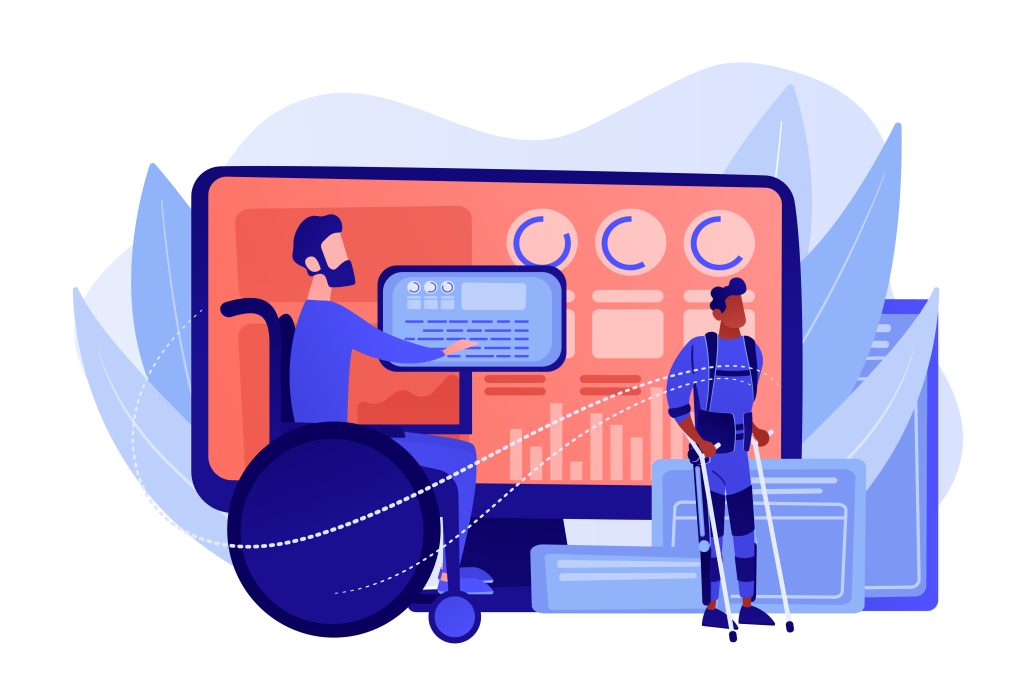
Closing Words
Use of technology has introduced effective changes in the delivery of knowledge to the learners as well as teaching methods. By using these technology tools and solutions, schools can create more engaging, personalized, and equitable learning environments. This prepares students for the challenges and opportunities of this modern world.




